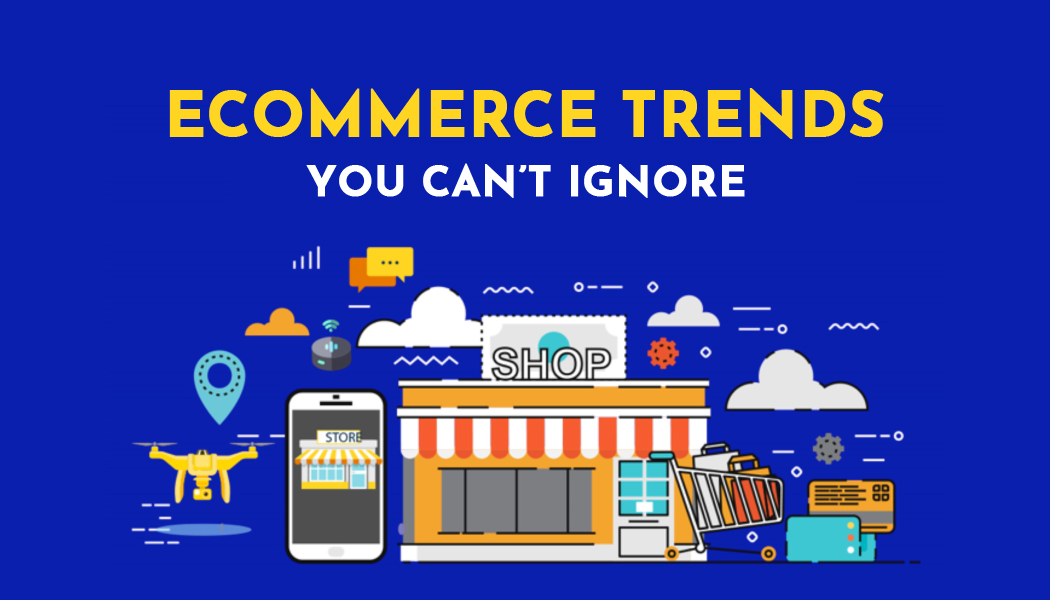5 Do’s And Don’ts For UX Content Design
UX design training is obviously an important consideration when developing websites, apps, and other digital services, but design nothing without quality content. Unfortunately, many UX designers forget this factor and put all their effort into making pretty and efficient design and all but forgetting the content, the very definition of style over substance.
Design is a vehicle for content and in terms of UX the destination is more important than the journey. By this I mean, no matter how attractive and clever your design is, you won’t engage customers without engaging and relevant content. With that in mind, here are some do’s and dont’s for developing high-quality content that elevates your UX design company.
Do Know Your Customer
First thing’s first, make sure you’re designing content that is relevant to your audience. That means doing the research to pinpoint your target market and their interests, passions, and quirks. The more information you can gather the better, so look for demographic and psychographic information that could help.
This step must necessarily precede the content creation stage because you need all of your content directed to your target market. You can please some people all of the time but not all the people all the time; if you try to hedge your bets with vague content that could appeal to everyone, your audience will notice and they won’t be engaged.
Another part of knowing your customer is content tone. Beth Lewis, a business blogger at DraftBeyond and Gumessays, reminds us that “though different markets appreciate different tones, it’s always a safe bet to go for simple, conversational language when writing content. There are very few audiences that appreciate jargon-heavy content, for most, it comes across as arrogant and exclusionary. Respect your readers and speak to them like normal people, because that’s what they are.”
Do Focus On Interactive Content
Once you are familiar with your market you can start creating appropriate content. There is a whole world of ideas out there and which you pick will depend on your audience, products and tone, but there is one hard and fast rule: make your content interactive.
The main function of content is to engage customers, so what better way to engage them than by creating content they can interact with? This could be something as simple as adding a comments section to your blogs and encouraging discussion and debate, to making forums where customers can discuss your products and services amongst themselves. Create a space in which you are the talking point and your brand and products will stay on the customer’s mind for longer.
Don’t Push Too Hard, Suggest
If you’re using content in order to shepherd customers towards your products, it’s understandable that you might want to incentivize purchases in your writing. However, pushing a call to action too hard in your content may well end up doing the opposite and driving potential customers away.
Andi Warhole, a UX writer at Writinity and Lucky Assignments, emphasizes the value in the subtle sell. “No one likes to feel like they’re being sold to, even if they know that’s what’s happening. Try to avoid blatantly commanding your readers to do something or filling your content with ad copy for your products.
Instead, highlight the benefits of certain types of products or services and link to external sources that confirm your assets and positive attributes. You may still be selling yourself to them, but your reader will feel like they’ve made up their own mind to buy with you, which is a much more powerful conversion.
Don’t Make It Difficult, Engage Them
It’s a fact trotted out so often it’s become a cliche: the internet is ruining our attention spans. Readers of online content are fickle and will quickly click away if they find your writing to hard to read. Learn some tricks of the trade to keep customers reading and your content will perform much better.
Some of these tricks are as simple as how you format your information. Stick to short paragraphs, break up your content with sub-headings and visual information. Consider putting a table of contents at the top, so customers can jump straight to the information they’re looking for. Even better: begin your content with a short summary of the important details. That way you satisfy the impatient readers who just want one or two facts but leave space for the more inquisitive ones to read on.
Don’t Wait For Them, Get It Out There
Content is not just creation, it’s dissemination. There’s no point making content and waiting for your customers to find it, you’ve got to get out there and find your customers. Social media marketing is essential here, as it’s still the main medium through which the majority of your customers will likely engage with the internet.
This doesn’t necessarily mean having a presence on every conceivable network, though accounts on the Big Four — Facebook, Twitter, Instagram, and LinkedIn — will help in your SEO. Think back to your customer research and figure out where your target market spends their time. Once you know where you’re sharing, make sure your UX is optimized for mobile devices, as, statistically speaking, that’s the way most of your readers will be viewing your content.
Part of getting your content out there is SEO, but try not to focus too much on the algorithm or you’ll forget your human audience. Search engines favor keywords and phrases, so a lot of creators stuff their content with these nuggets to the point of absurdity just to rank highly. This is a bad tactic for a number of reasons, in part because search engine ranking has become more sophisticated than this, but mostly because you’re abandoning your readers. No one wants to read keyword-filled gibberish, no matter how high it ranks.
Final Note
Above all remember: put your audience and content first, and the engagement will follow.




